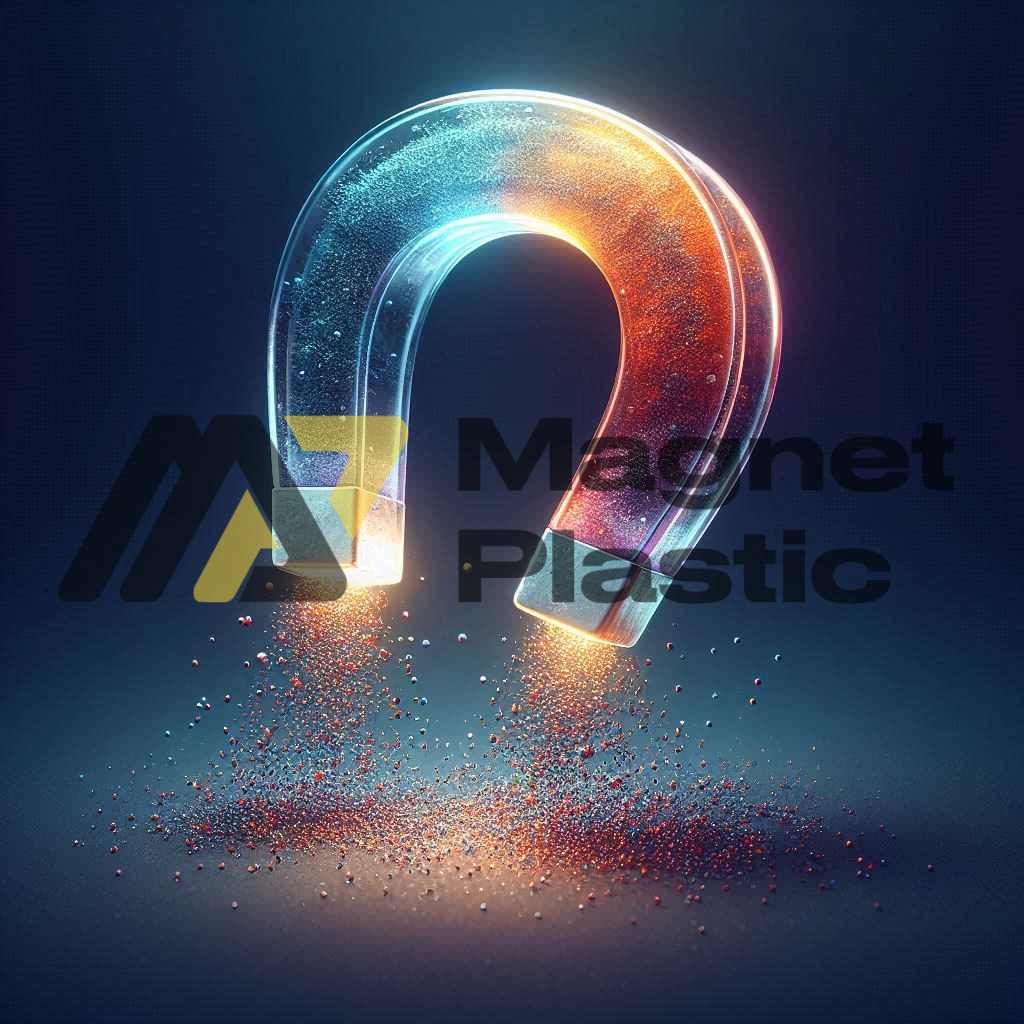Invisible magnets: modern technology
Today’s architecture has taken a turn towards the use of advanced technologies that not only improve the functionality of spaces, but also optimize their aesthetics. One of the trends that is gaining popularity is the use of invisible magnets, an innovative solution that allows for cleaner and more efficient designs. Invisible magnets have become a key tool for architects and designers seeking a balance between functionality and minimalism, integrating this technology into various structural applications.
What are invisible magnets?
When we talk about invisible magnets, we are not referring to magnets that cannot be physically seen, but to those that are hidden within structures or materials, without being perceptible to the user. These magnets, commonly made of neodymium, are discreetly installed in walls, furniture or architectural components to fulfill a function without altering the visual appearance of the space.
This technology is particularly valued in modern architectural projects where minimalism is essential. By eliminating visible elements such as bolts, screws or handles, invisible magnets achieve a clean, seamless design, providing efficient solutions for doors, panels and storage systems alike.
Main applications of invisible magnets
- Hidden doors and panels
One of the most common uses of invisible magnets is in doors and panels that appear to be part of the wall. Thanks to this technology, visible locks or handles can be dispensed with, achieving seamless integration into the overall design of the space. These magnetic doors can be easily opened and closed, ensuring not only functionality but also impeccable aesthetics.
In many contemporary constructions, magnetic panels are also used to hide access or create storage compartments without breaking the visual continuity of the design. This application is ideal for spaces such as offices or homes where the aim is to optimise the use of space without compromising style.
- Floating shelves and storage
Another interesting application of invisible magnets in modern architecture is the creation of floating shelves. These seemingly support-less shelves offer a clean and light visual appearance, very popular in kitchens, living rooms and offices. Magnetic technology allows the shelves to be held in place and secure, but without any visible support.
This type of storage system is especially useful in modular furniture, where components can be easily adjusted or moved, adapting to the changing needs of the user. Magnets allow modules to be reconfigured without tools, offering flexibility in interior design.
- Magnetic locks
Instead of using traditional locking mechanisms, many modern constructions incorporate invisible magnets in the opening and closing systems. These magnets not only reduce wear on moving parts, but also ensure quiet and efficient operation. In addition, they are easily integrated with smart security systems, making their use increasingly common in both homes and offices.
Advantages of using invisible magnets in architecture
One of the main benefits of using invisible magnets is the aesthetic improvement. By not having visible elements to interfere with the design, architects can create more harmonious and sophisticated spaces. In addition, hidden magnets tend to have less wear and tear as they are not exposed, resulting in longer-lasting systems with less need for maintenance.
Another important factor is the versatility of these magnets. They can be integrated into a wide variety of materials, such as wood, metal, glass or even stone, allowing them to adapt to any type of architectural project. This technology also allows for great flexibility in interior design, as they can be easily adjusted or moved as needed.
Conclusion
Invisible magnets have opened up a new dimension in modern architecture, allowing for the creation of minimalist and highly functional spaces. Thanks to their ability to be discreetly integrated into various architectural elements, from doors and shelves to locks, this technology is redefining how we conceive interior design. As magnetic technologies continue to advance, invisible magnets are likely to play an even more important role in the future of architecture.
